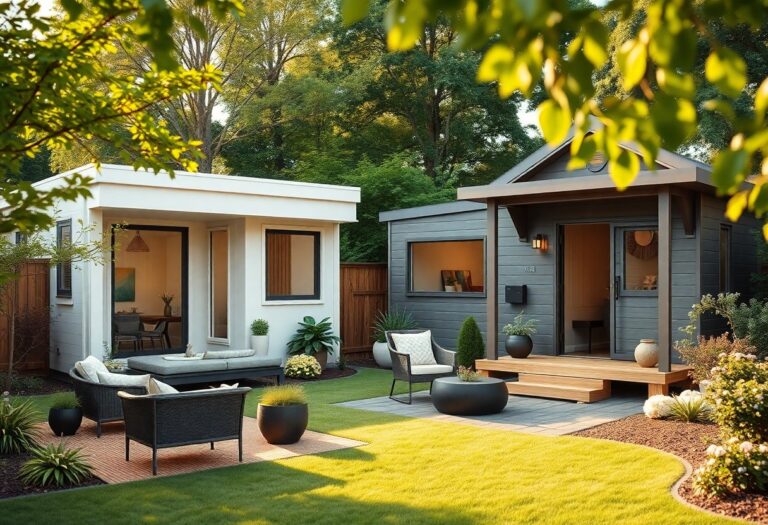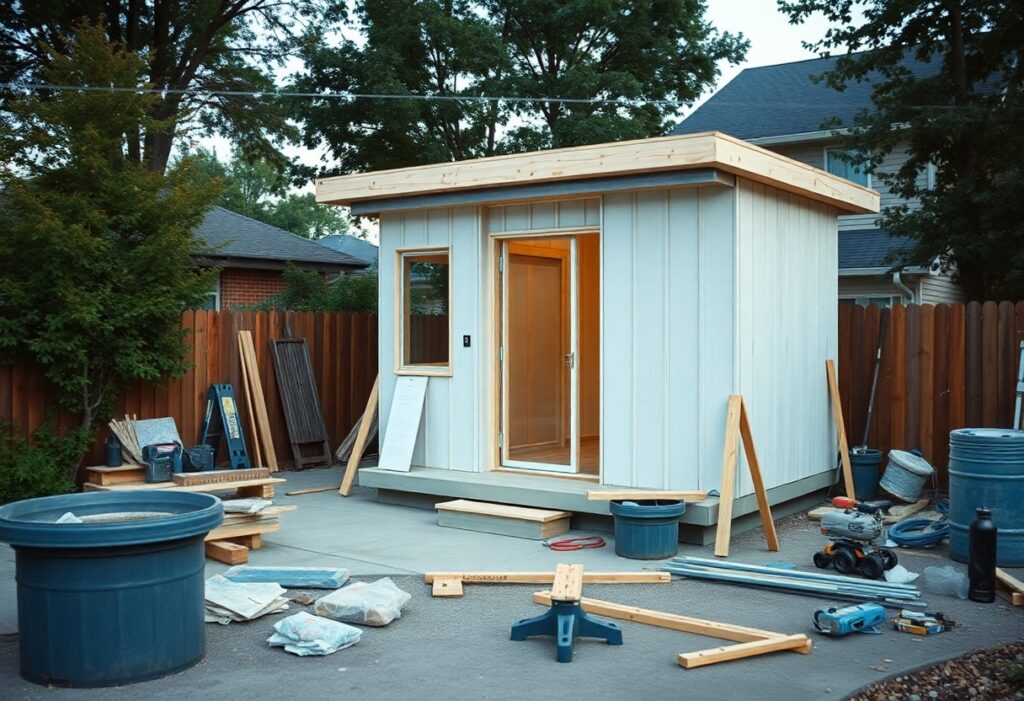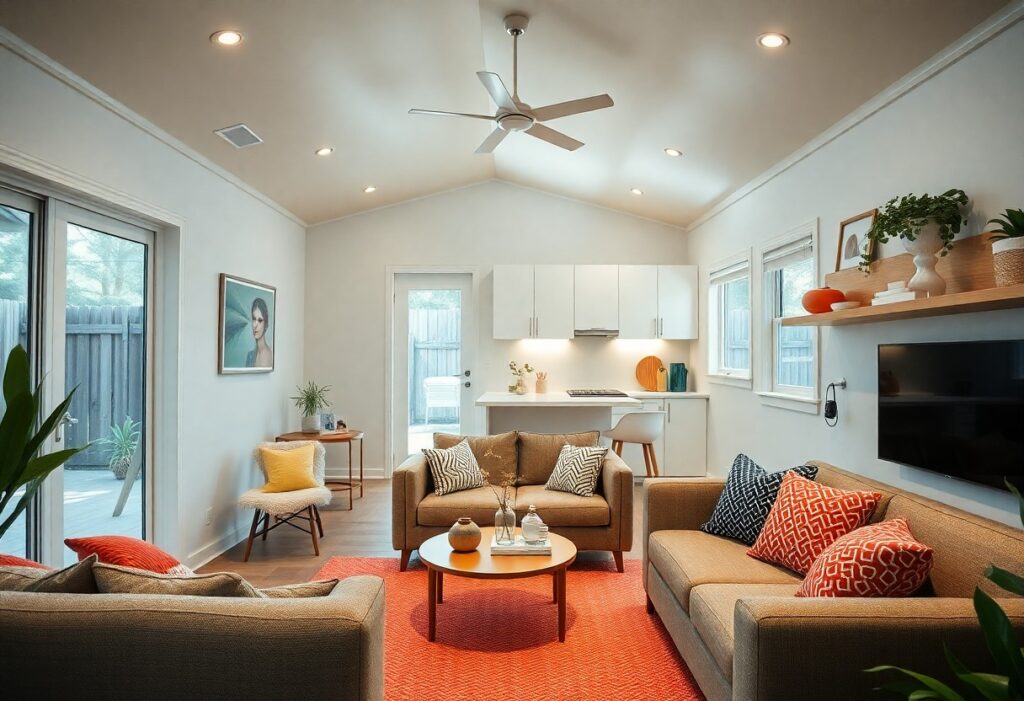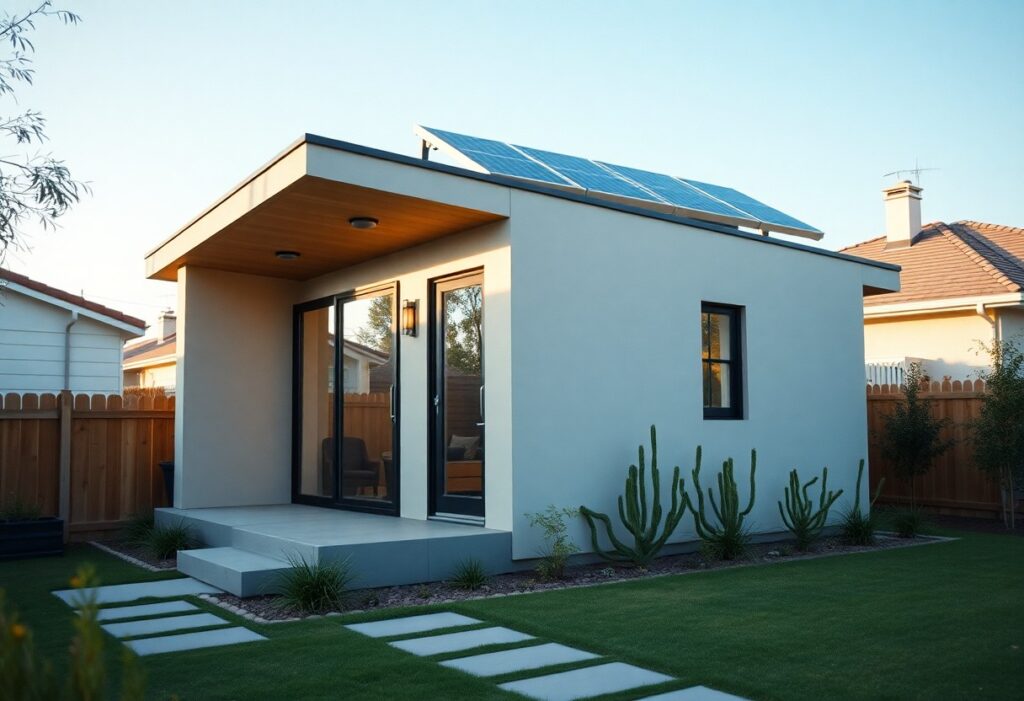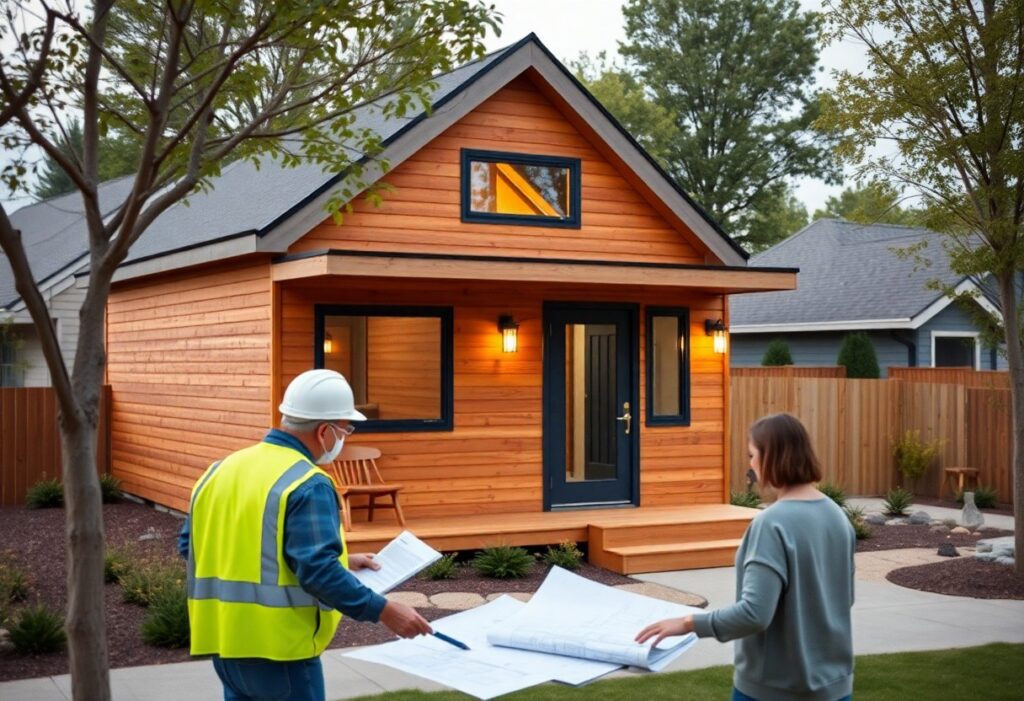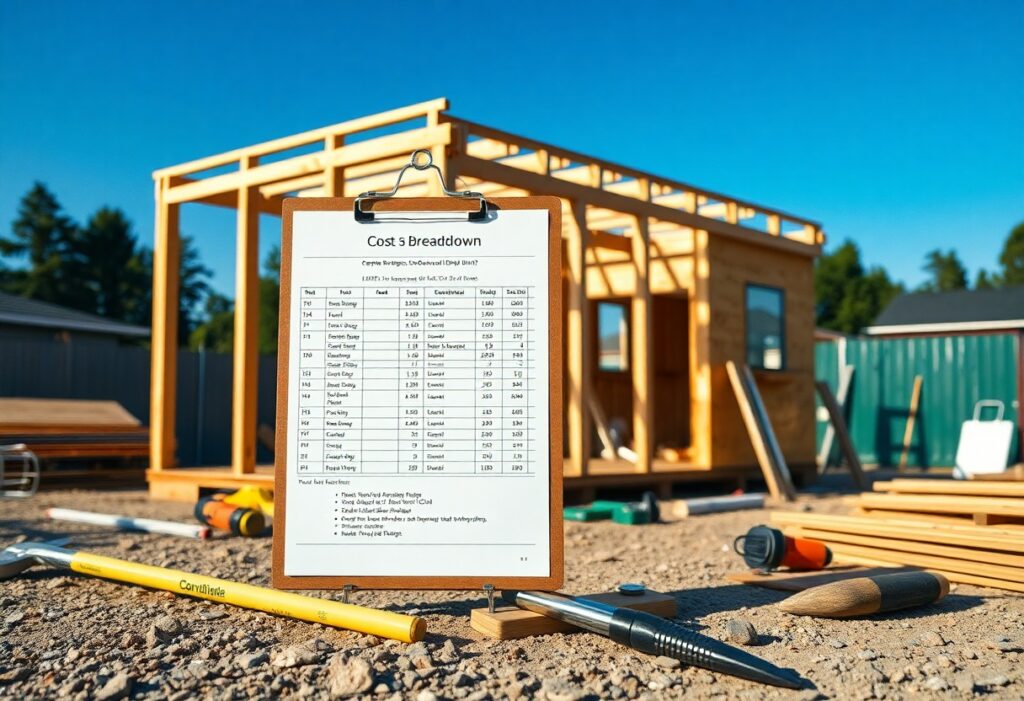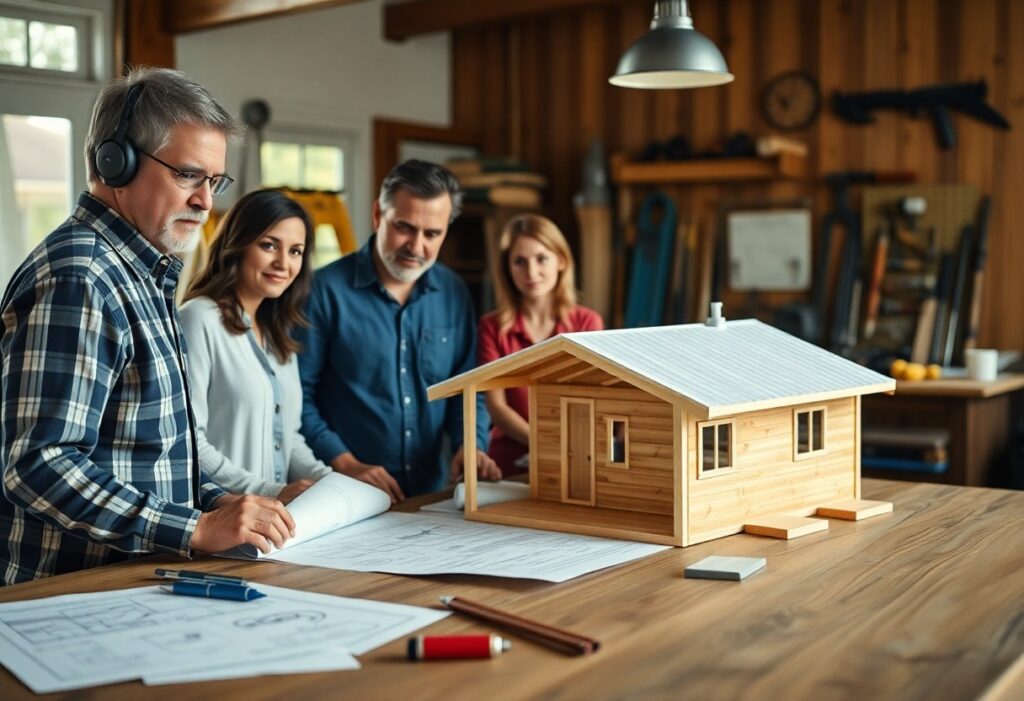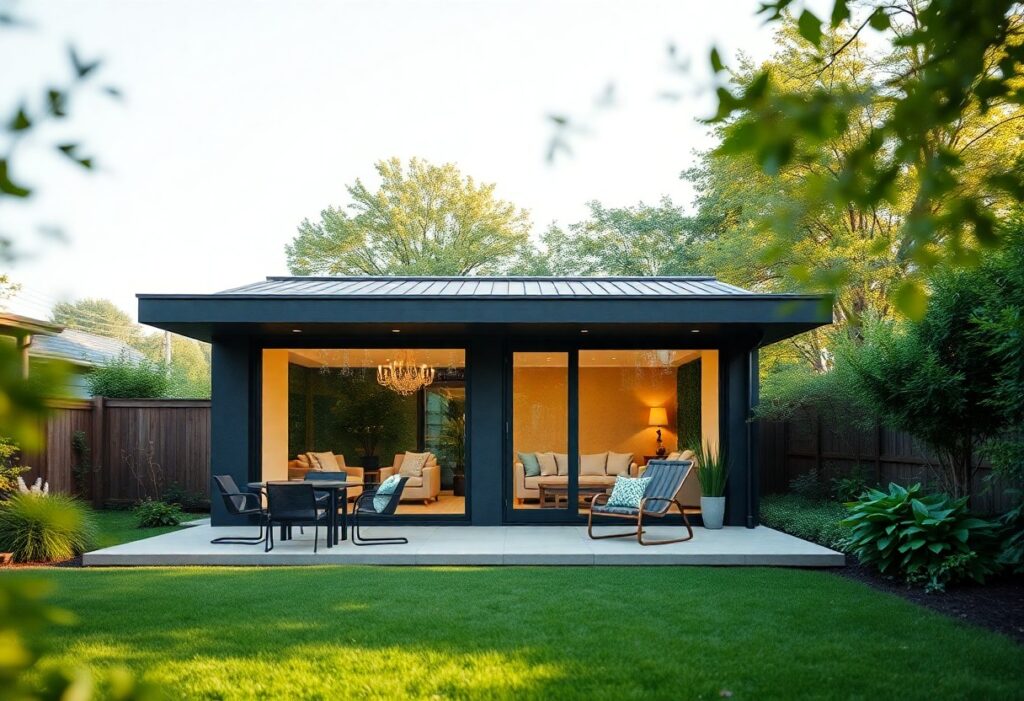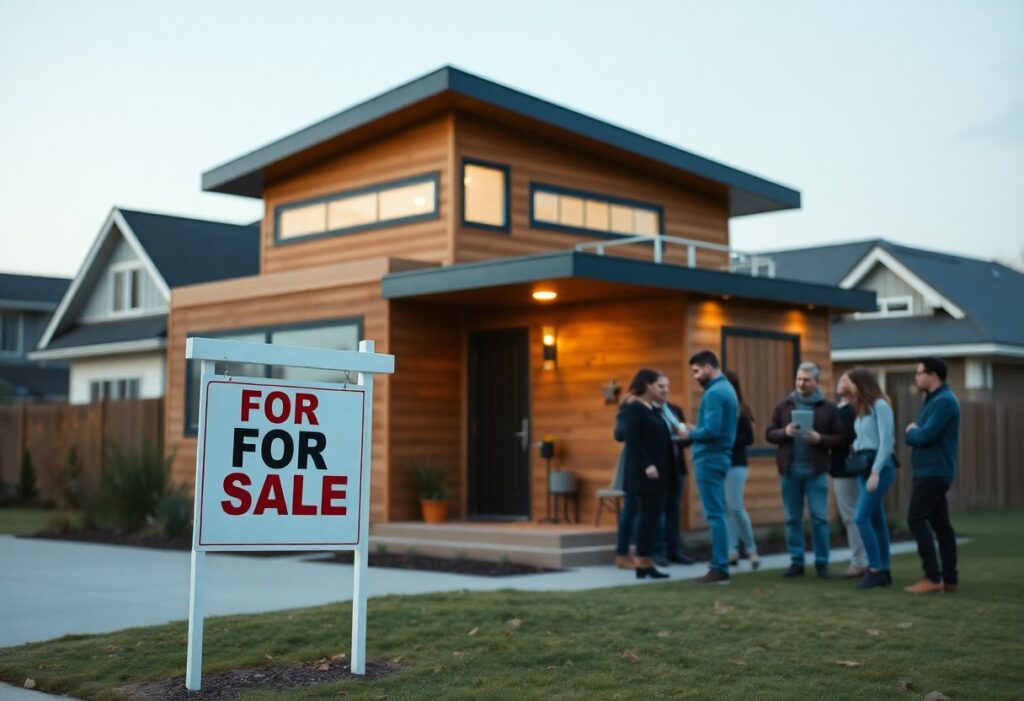Potential growth for your property can be significantly enhanced through the addition of Accessory Dwelling Units (ADUs). By incorporating an ADU, you can unlock new revenue streams, increase property value, and provide versatile living solutions for family or tenants. With the housing market evolving, ADUs present a unique opportunity to tackle housing shortages while maximizing your investment. This blog will guide you through the benefits and considerations of adding an ADU to your property, ensuring you make informed decisions that truly elevate your real estate asset.
Key Takeaways:
- ADU Benefits: Accessory Dwelling Units (ADUs) can enhance your property value and provide additional rental income opportunities.
- Compliance: Always check local zoning regulations and permits necessary for building an ADU to ensure compliance with laws.
- Design Flexibility: ADUs offer various design options, allowing homeowners to create spaces that suit their needs, whether for family, guests, or tenants.
- Enhanced Livability: Incorporating an ADU can improve your property’s livability by providing a separate space for work, hobbies, or guests.
- Sustainability: Well-designed ADUs can promote sustainable living, often featuring energy-efficient designs that reduce environmental impact.
1. Accessory Dwelling Units enhance property value significantly.
2. ADUs provide rental income opportunities for homeowners.
3. Flexible design options cater to various homeowner needs.
4. Local regulations guide ADU construction and permits.
5. Sustainable living benefits from efficient ADU designs.
6. ADUs accommodate multigenerational living arrangements effectively.
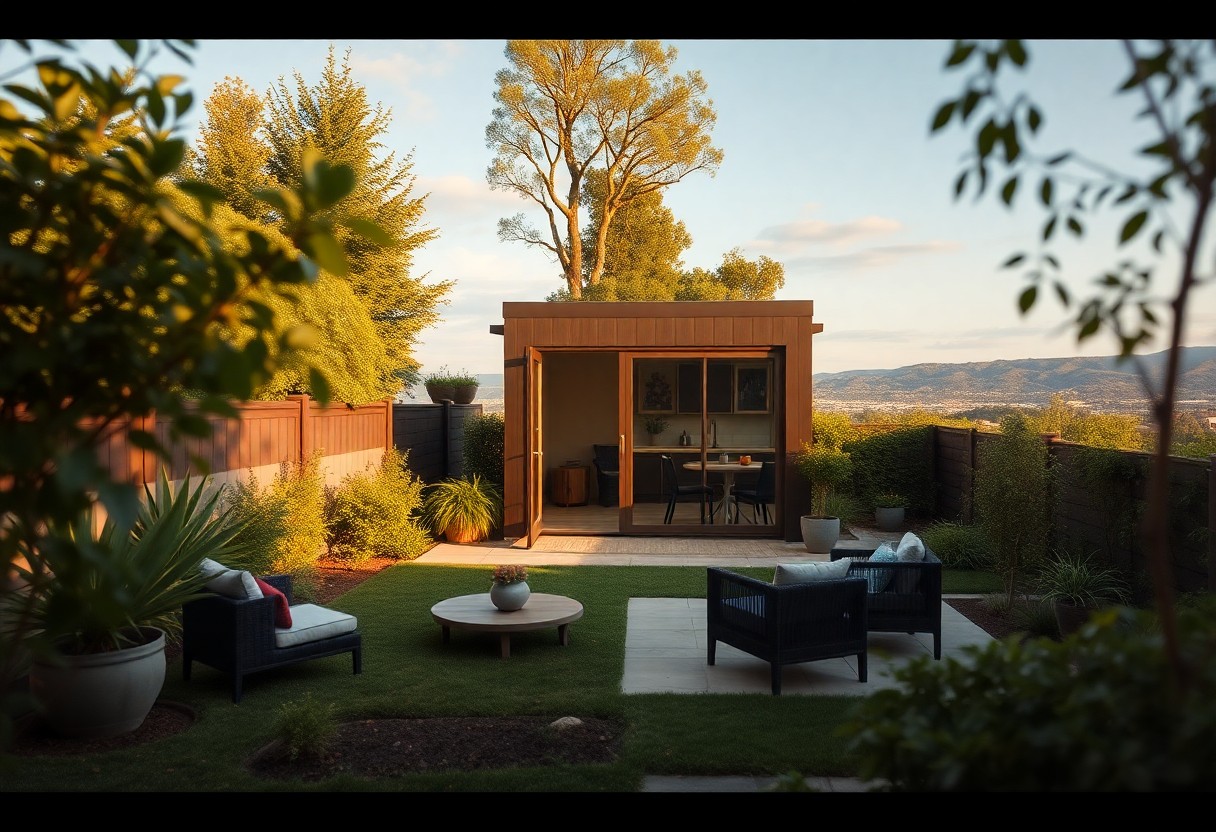
Understanding ADUs
While many homeowners seek ways to enhance their property value and address housing needs, understanding Accessory Dwelling Units (ADUs) is vital. ADUs provide versatile living options and can adapt to various lifestyles, making them an excellent solution for growing families or rental opportunities.
Definition and Types of ADUs
Definition: ADUs are secondary housing units that add livable space to your property without requiring major land development. Here are the main types you might consider:
| Detached ADUs | Stand-alone structures, often built in backyards. |
| Attached ADUs | Units integrated into the existing home, such as a basement or garage conversion. |
| Carriage Houses | Custom-built units above garages or similar structures. |
| Room Divisions | Creating separate living spaces within your main residence, ideal for multi-generational living. |
| Mobile ADUs | Portable units that can be relocated as needed. |
Knowing the types of ADUs available allows you to assess which option best suits your property and lifestyle needs.
Benefits of Adding ADUs
Along with increasing your property’s value, adding an ADU provides unique benefits tailored to your living situation.
ADUs offer you the opportunity to generate additional rental income, enhance property flexibility, and accommodate multi-generational living, ultimately improving your property’s marketability. They also allow for personal privacy while remaining close to family or friends. Furthermore, living in an ADU can be a sustainable housing option, fostering community connections and minimizing your environmental footprint. Understanding these advantages will empower you to make informed decisions about your property.
Legal Considerations
Any property owner contemplating the addition of an ADU must navigate a labyrinth of legal considerations. From zoning laws to permits, understanding these factors is necessary to ensure your project is compliant and successful. Failing to adhere to regulations can lead to costly fines or the need for alterations that could diminish the value of your investment.
Zoning Laws and Regulations
Before you begin planning your ADU, it’s necessary to familiarize yourself with your local zoning laws and regulations. These laws determine where ADUs can be built, the size and design restrictions, and any other requirements unique to your area.
Permits and Approvals
The journey to building an ADU involves obtaining the necessary permits and approvals from your local government. This process can vary significantly based on locality, so you’ll need to stay organized and informed.
Plus, not securing the proper permits can result in your ADU being deemed illegal, which might lead to severe consequences such as fines or mandatory removal of the structure. Your local planning department will typically require you to submit plans and any necessary documentation. It’s important to prepare for potential reviews and inspections, which can lengthen the approval process. Ensure you check for any homeowner association (HOA) rules that might affect your plans, as they can add additional layers of regulation to your project.
Design and Construction
Unlike traditional home renovations, adding an ADU requires careful consideration of design and construction practices to optimize your property’s potential. It’s imperative to engage professionals who understand local regulations and can help you create a space that not only enhances your property’s value but also meets your needs. From architectural design to obtaining permits, navigating this process can seem daunting, but with the right approach, you can achieve a seamless integration of your ADU.
Planning Your ADU Layout
Planning your ADU layout involves understanding how you want to use the space and ensuring it complements your primary residence. Consider factors such as the number of occupants, amenities needed, and accessibility. By carefully mapping out the layout, you can maximize functionality while also enhancing the aesthetic appeal of your property.
Choosing Sustainable Materials
Design your ADU with sustainability in mind by choosing eco-friendly materials. Opting for materials that reduce your carbon footprint not only benefits the environment but also enhances the overall appeal of your space. From energy-efficient windows to recycled flooring, incorporating these elements can significantly impact both your utility bills and your comfort level.
Even small changes can make a big difference when it comes to sustainability. By selecting materials that prioritize renewability and energy efficiency, you contribute to a healthier planet while also creating a cozy environment. Consider using low-VOC paints, reclaimed wood, and solar panels to enhance your ADU’s efficiency. Not only do these materials have a lower environmental impact, but they can also reduce long-term costs, making your investment even more valuable. Choosing sustainable materials ultimately aligns your ongoing commitment to environmental responsibility with the enhancement of your property.

Financing Options
All property owners looking to add an Accessory Dwelling Unit (ADU) should explore their financing options. You may find various loans, including home equity lines of credit or specialized construction loans, that can help fund your project. Understanding your financing options will empower you to make informed decisions and ensure that you maximize your investment.
Costs of Building an ADU
Among the key factors you should consider when planning an ADU are the costs associated with its construction. Costs can vary significantly based on size, design, materials, and local labor rates. It’s necessary to create a detailed budget that includes permits, utility hookups, and any landscaping to accurately estimate your total investment.
Funding Sources and Grants
Above all, you should investigate available funding sources and grants that can help offset the costs of building an ADU. Many local governments offer incentives to promote affordable housing through ADUs, which may include low-interest loans or grant programs tailored for property improvements.
It is vital to thoroughly research state and local programs that provide financial assistance, as many municipalities recognize the value of ADUs in increasing housing supply. You might qualify for grants or low-interest financing, which can significantly reduce your overall expenses. Furthermore, keeping an eye on federal funding opportunities may also yield various programs aimed at encouraging housing development. Investing time in understanding these options ensures you fully capitalize on the financial resources at your disposal.
Rental Opportunities
Once again, adding an ADU to your property opens up exciting rental opportunities that can significantly bolster your income stream. Whether you choose to rent it out long-term, offer short-term vacation rentals, or even house friends or family, you can maximize your property’s financial potential. With the rise of online rental platforms, you can easily advertise your ADU and connect with potential tenants or guests seeking a unique stay.
Setting Rental Prices
Setting the right rental price for your ADU is important to attracting tenants while maximizing your income. Research comparable units in your area and consider factors such as size, amenities, and location to determine a competitive price. Offering flexible rental terms or including utilities can also enhance your appeal to renters.
Managing Your ADU as a Rental
At the same time, managing your ADU as a rental requires attention to detail and organization. Effective management means keeping up with maintenance, ensuring compliance with local regulations, and creating a welcoming environment for your tenants.
Understanding the importance of effective management will keep your rental experience positive for both you and your tenants. You should prioritize regular maintenance to prevent larger issues down the road and stay informed about local rental laws to avoid potential pitfalls. Additionally, creating clear communication with renters can lead to better tenant relationships and ultimately result in reduced vacancies. Keep accurate records of income and expenses to track your financial performance, and consider utilizing property management software to streamline your operations.
Impact on Property Value
Despite common misconceptions, adding an Accessory Dwelling Unit (ADU) to your property can significantly enhance its value. Many homeowners have seen a substantial return on investment when they opt for this addition. In fact, following a comprehensive Guide For Building An ADU: Maximize Your Property’s Value can streamline this process and boost your property’s appeal to potential buyers.
Market Trends and ADUs
Before you look into the ADU project, it’s necessary to understand current market trends. As urban housing demands rise, properties with ADUs are gaining popularity, meeting the needs of diverse buyers looking for flexibility and rental income opportunities.
ROI on ADU Investments
Among the significant benefits of ADUs is their impressive return on investment (ROI). Many homeowners report that these units not only increase rental income but also enhance overall property valuation, making them a smart financial decision.
With proper planning and design, you can expect your ADU to yield a strong ROI. The potential for generating rental income could offset your initial costs, allowing you to recoup your investment over time. Additionally, properties with ADUs often sell for higher prices in a competitive market, giving you an opportunity for a substantial financial gain. By focusing on quality construction, appealing design, and ensuring compliance with local regulations, you can maximize your return and harness the long-term benefits of your investment.
Conclusion
On the whole, maximizing your property’s potential with accessory dwelling units (ADUs) can transform your real estate investment and enhance your living environment. By incorporating an ADU, you create additional income opportunities, increase property value, and provide more space for family or guests. It’s vital to understand local regulations and design options to make the most of this innovative housing solution. Embracing ADUs can lead to a more functional and profitable property, aligning with your personal and financial goals.
FAQ
Q: What is an ADU, and how can it enhance my property’s value?
A: An ADU, or Accessory Dwelling Unit, is a smaller, secondary residential space located on the same lot as a primary home. Examples include basement apartments, garage conversions, or standalone tiny homes. By adding an ADU, property owners can increase their real estate value, create rental income opportunities, or provide space for family members, making the property more versatile and appealing to potential buyers.
Q: Are there specific zoning regulations I need to consider before building an ADU?
A: Yes, zoning regulations can differ significantly based on the municipality. It’s important to research your local zoning laws and restrictions regarding the minimum lot size, height limitations, and occupancy permits. Consulting with your local planning department can provide you with information on what is allowed and help ensure that your ADU complies with all relevant codes.
Q: What are the benefits of renting out an ADU?
A: Renting out an ADU can provide a steady stream of additional income, which can help offset mortgage costs and property taxes. It also makes your property more attractive to long-term renters or buyers seeking multi-generational living options. Furthermore, having a rental unit can enhance the overall marketability of your property in a competitive housing market.
Q: How do I finance the construction of an ADU?
A: Financing options for building an ADU include traditional mortgages, home equity loans, or construction loans. Some homeowners also consider cash savings or even personal loans. Additionally, certain state and local programs may offer financial incentives or grants aimed at promoting ADUs. Exploring all available options can help determine the best financing strategy for your specific situation.
Q: What are some design considerations for an ADU to maximize space and functionality?
A: When designing an ADU, it’s imperative to focus on efficient use of space and an open floor plan. Incorporating multi-functional furniture and smart storage solutions can help make the area feel larger and more livable. Utilizing natural light through windows or skylights enhances the atmosphere, while ensuring that the layout promotes privacy and comfort for both the ADU occupants and the primary home residents is also important.

